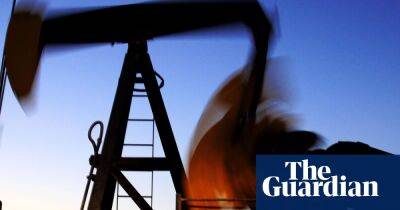Farming v rewilding: the battle for Borrowdale in the Lake District
“The buggers are out of control and the trust just let them away with it. It’s not good enough.” That’s the verdict of Billy Bland, 75, a lifelong resident of Borrowdale, in the English Lake District. He’s talking about the farmers – including friends, family and neighbours – who work the land here, and of the valley’s principal landlord, the National Trust, which owns eight of Borrowdale’s 11 farms along with large tracts of woodland, wetland and fell.
With its rugged crags, wood-lined valley sides and stone wall-fringed pastures, Borrowdale for many visitors is the most picturesque valley of the Lake District. But Bland is concerned that the way this landscape has been farmed in recent decades is pushing its wildlife into severe decline.
Best known as one of the greatest long-distance fell runners of all time, Bland was born and raised on a farm just down the valley from his current Borrowdale home. Since childhood, he has seen farming undergo dramatic change. Farm machinery rolled on to the land, then steadily got bigger. Synthetic fertilisers, herbicides and pesticides arrived. And, driven by the post-second world war imperative to grow more food, and farm subsidies designed to maximise productivity, sheep flocks swelled dramatically. Though Cumbria’s sheep population has receded from its turn of the millennium peak, it is still nearly twice as big as it was when Bland was born in 1947.
As a boy, Bland remembers competing with his classmates to see who could pick, press and name the biggest variety of wildflowers from the hay meadows. Those traditionally managed meadows are all but gone now. And so too, Bland says, are the clouds of yellowhammers, the curlews and the lapwings that used to frequent them. Natural England
Read more on theguardian.com






















